
Manila Zoo: Exploring Nature’s Rich Diversity and Conservation Efforts
It is the home of the popular Asian elephant, Mali, as well as 90 other species. As well as being a landmark in Manila, the
Manila Cathedral, officially known as the Minor Basilica and Metropolitan Cathedral of the Immaculate Conception, is not just a significant religious and historical landmark; it is also the Mother Church of the Philippines. Located in the heart of Intramuros, the historic walled city of Manila, this cathedral serves as the Premier Church of the country and the seat of the Archbishop of Manila.
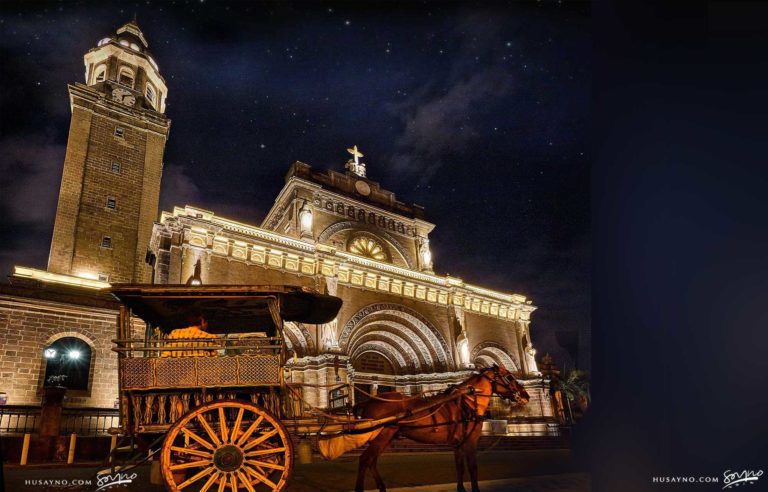
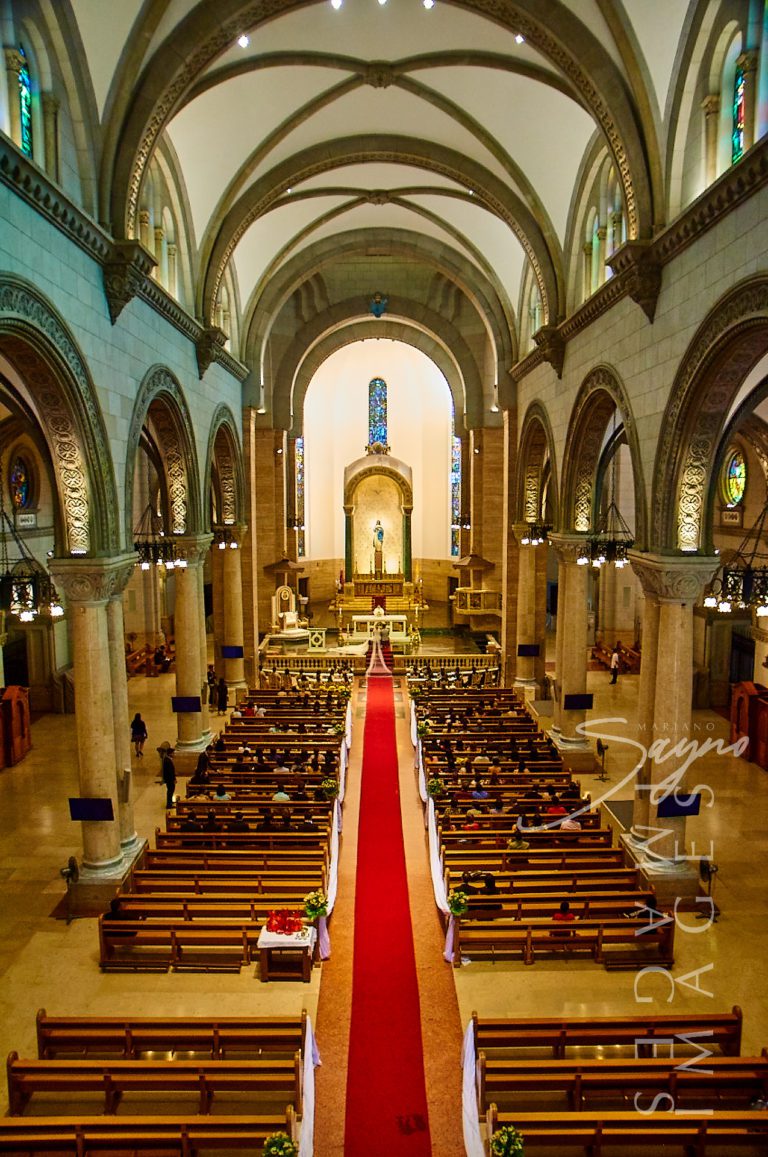
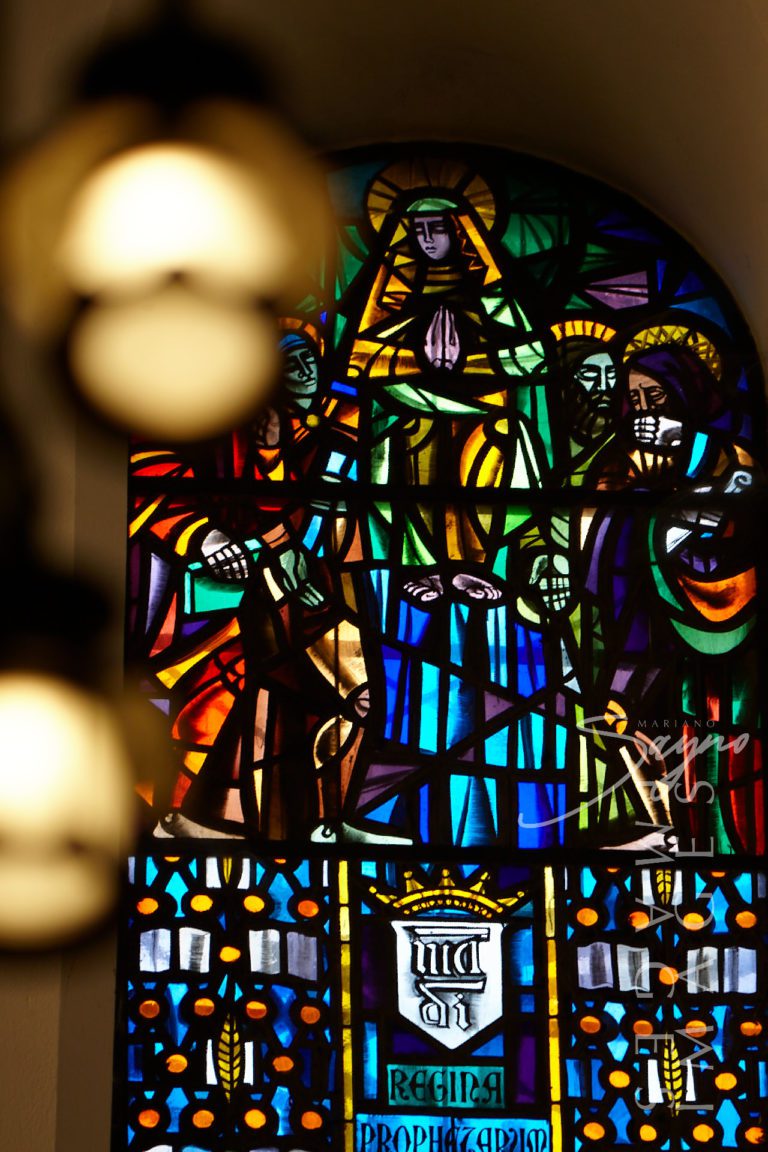
ABOVE: The Manila Cathedral is a breathtaking blend of beauty and faith, featuring soaring vaulted ceilings and ornate altars inside, an impressive façade with intricate carvings, and stunning stained glass windows that bring biblical stories to life.
ABOVE: The Manila Cathedral is a breathtaking blend of beauty and faith, featuring soaring vaulted ceilings and ornate altars inside, an impressive façade with intricate carvings, and stunning stained glass windows that bring biblical stories to life.
Originally built in 1880, the Manila Cathedral is the current version of the longstanding Church of Manila. It is a masterpiece of architecture that was constructed between 1954 and 1958, in the wake of the destruction of the previous structure during World War II. The rebuilding was supervised by Filipino architect Fernando H. Ocampo, who ensured that the new structure honored its historical significance while incorporating modern elements.
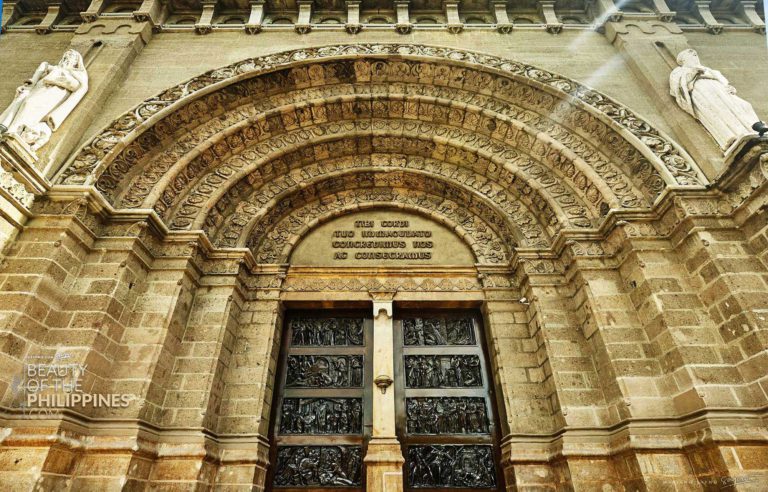
ABOVE: The entrance features a grand arched doorway flanked by intricately detailed columns and sculptures depicting various saints and religious figures, inviting visitors into this sacred space.
ABOVE: The entrance features a grand arched doorway flanked by intricately detailed columns and sculptures depicting various saints and religious figures, inviting visitors into this sacred space.
The cathedral has a rich history dating back to 1571, when it was first established by Spanish conquistadors. Over the centuries, the cathedral underwent several reconstructions due to natural disasters and wars, including earthquakes, fires, and the devastation of World War II.
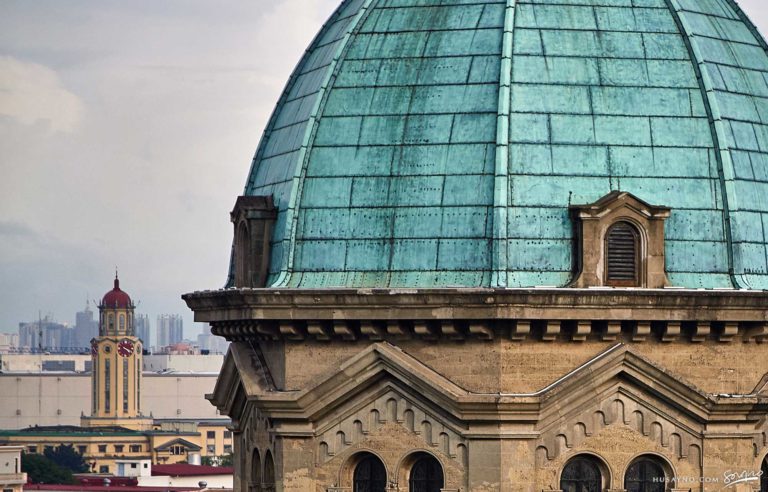
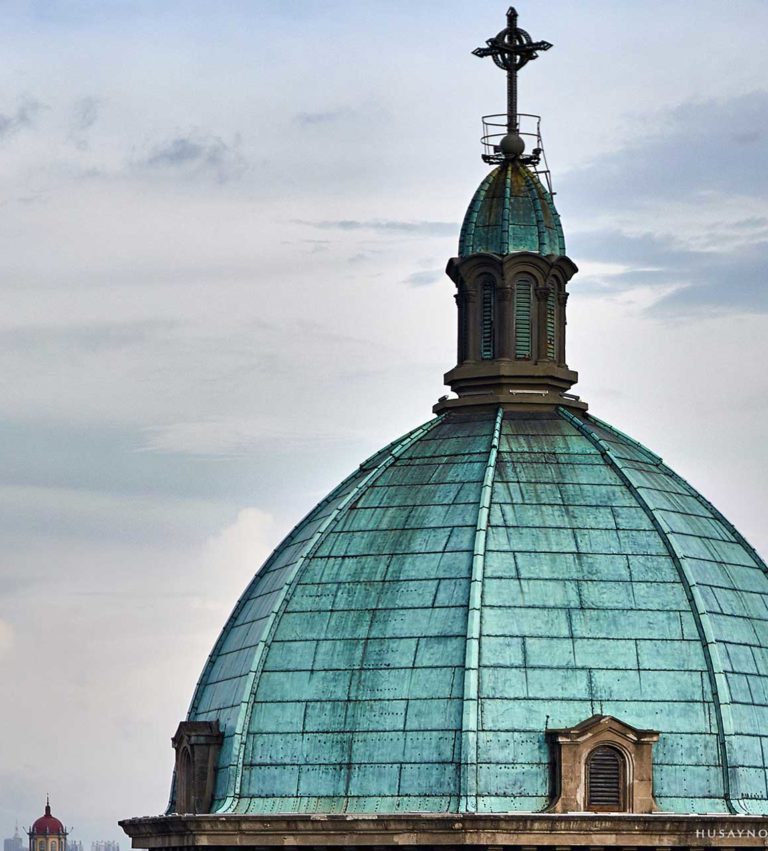
![[Group 8]-Screen Shot 2017-08-30 at 10.28.04 PM_Screen Shot 2017-08-30 at 10.28.14 PM-2 images_0000 copy](https://www.beautyofthephilippines.com/wp-content/uploads/2009/01/Group-8-Screen-Shot-2017-08-30-at-10.28.04-PM_Screen-Shot-2017-08-30-at-10.28.14-PM-2-images_0000-copy.jpg)
ABOVE: The Manila Cathedral’s impressive 40-meter bell tower, rebuilt after World War II, stands out in its Romanesque Revival design, complemented by an ornate façade, stained-glass windows, and a grand dome.
ABOVE: The Manila Cathedral’s impressive 40-meter bell tower, rebuilt after World War II, stands out in its Romanesque Revival design, complemented by an ornate façade, stained-glass windows, and a grand dome.
The Manila Cathedral’s architecture is a blend of grandeur and solemnity. The exterior is characterized by its Romanesque Revival style, featuring rounded arches, sturdy pillars, and thick walls. The bell tower, rising 40 meters above the ground, is a prominent feature, housing the largest bell, which was recast from the original bell destroyed during World War II.
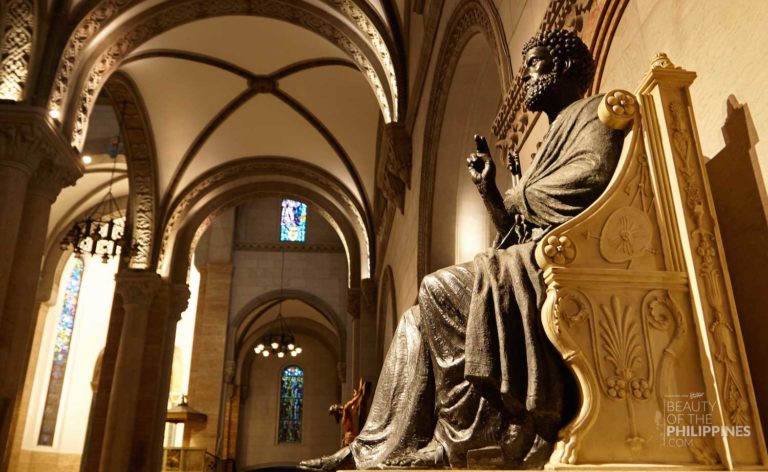
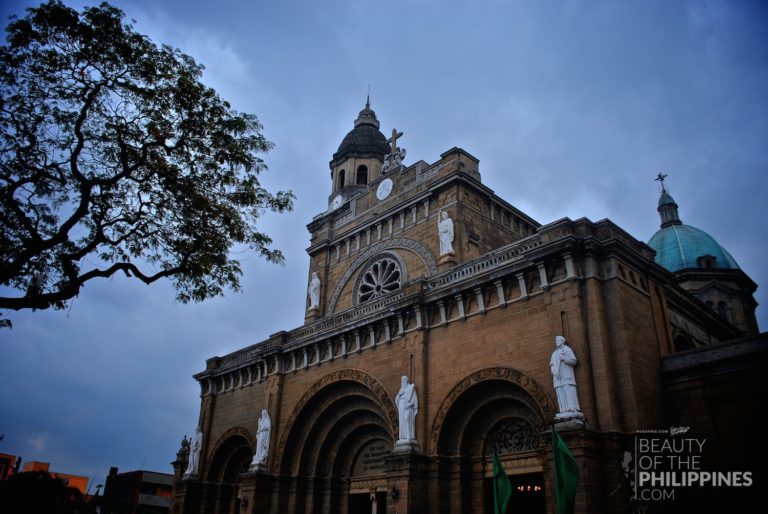
Sculpted in Roman travertine stone, the main façade of the Manila Cathedral displays statues of famous saints, including those represented by the altar pillars. These include St. Catherine Labouré, St. Lawrence of Brindisi, St. Pius V, and St. Leo IX. The intricate details of these statues, alongside the overall design, contribute to the cathedral’s majestic and sacred aura.
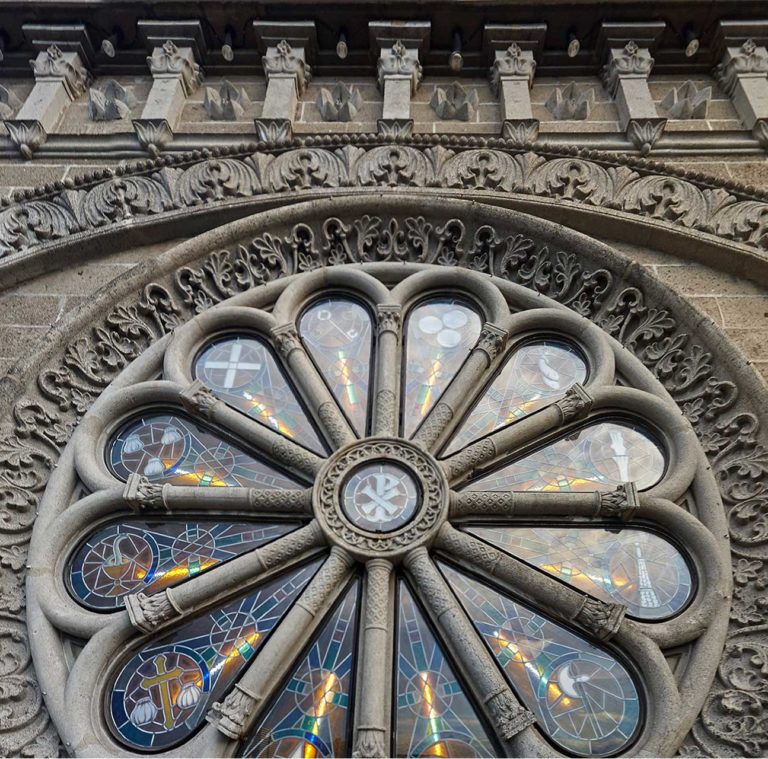
ABOVE: The central rose window of the Manila Cathedral is a stunning feature above the entrance, crafted from intricate stained glass. It allows natural light to illuminate the interior while showcasing religious themes, reflecting the cathedral’s rich history and cultural significance.
ABOVE: The central rose window of the Manila Cathedral is a stunning feature above the entrance, crafted from intricate stained glass. It allows natural light to illuminate the interior while showcasing religious themes, reflecting the cathedral’s rich history and cultural significance.
Inside, the cathedral boasts a spacious nave lined with 134 stained-glass windows depicting biblical scenes and the lives of saints. The altar, made of white marble, is the focal point, flanked by statues of angels. As part of the main altar, there is a tabernacle depicting Mary receiving the body of Jesus from the hands of St. John, a powerful representation of the Passion. The communion rail, crafted from rosette orange, cream, and white marble, adds an elegant touch to the sacred space.
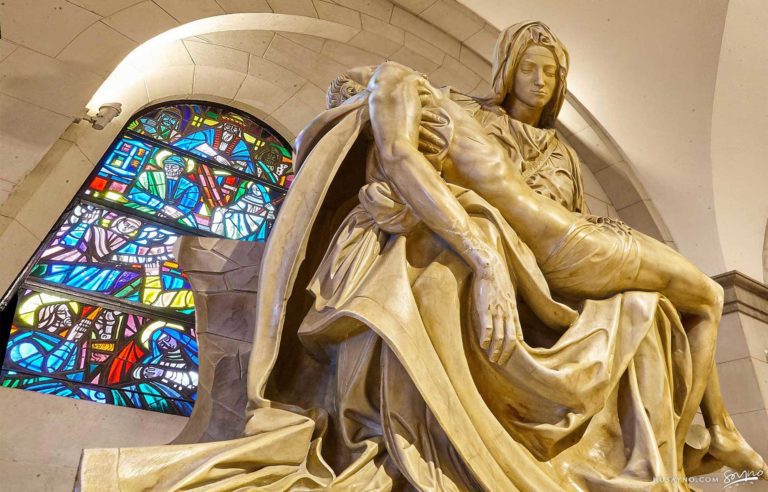
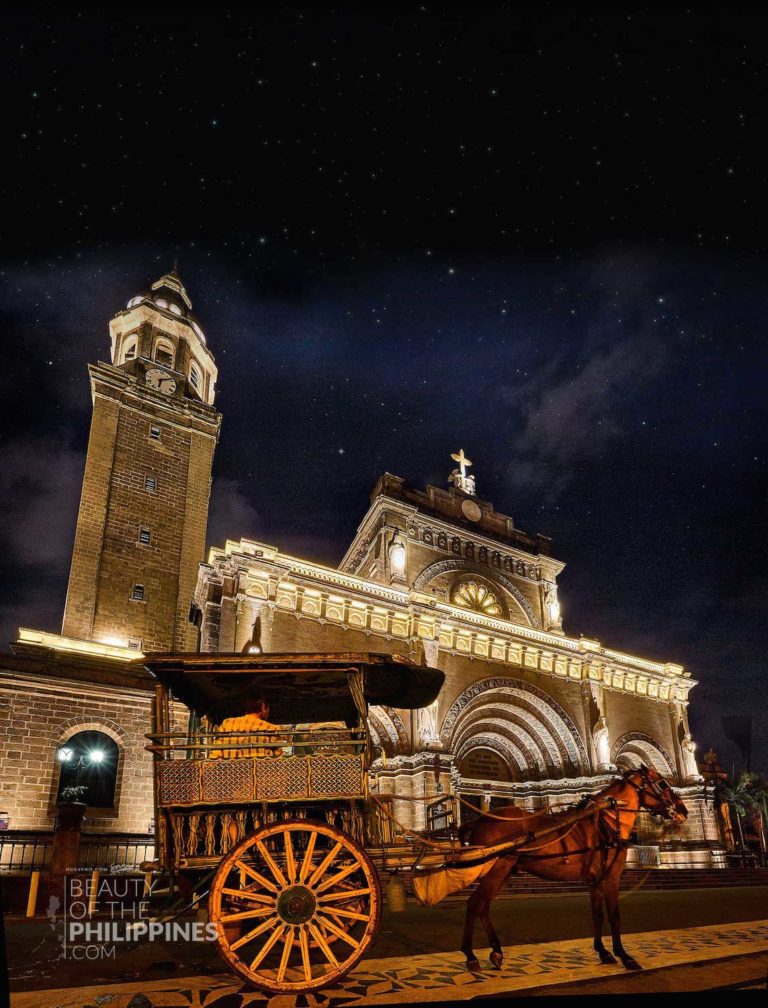

The dome, rising above the crossing, symbolizes the heavens and is adorned with intricate mosaics. Almost every detail on the walls, doors, panels, portals, and even the stained glass is a testament to its intricate workmanship.
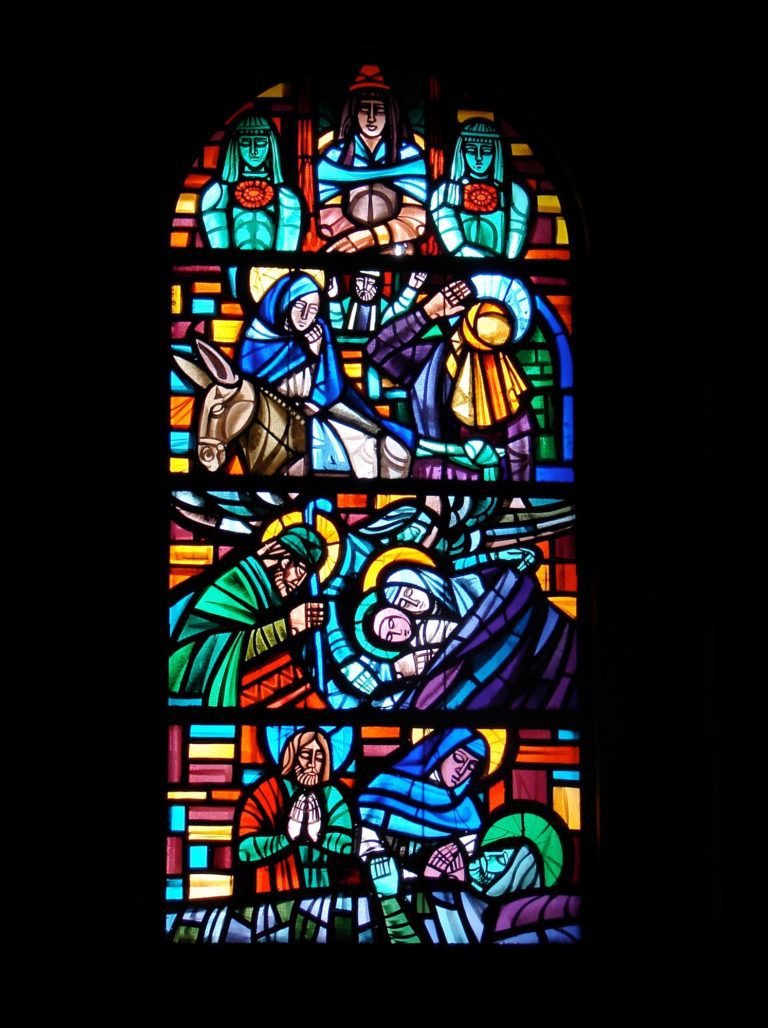
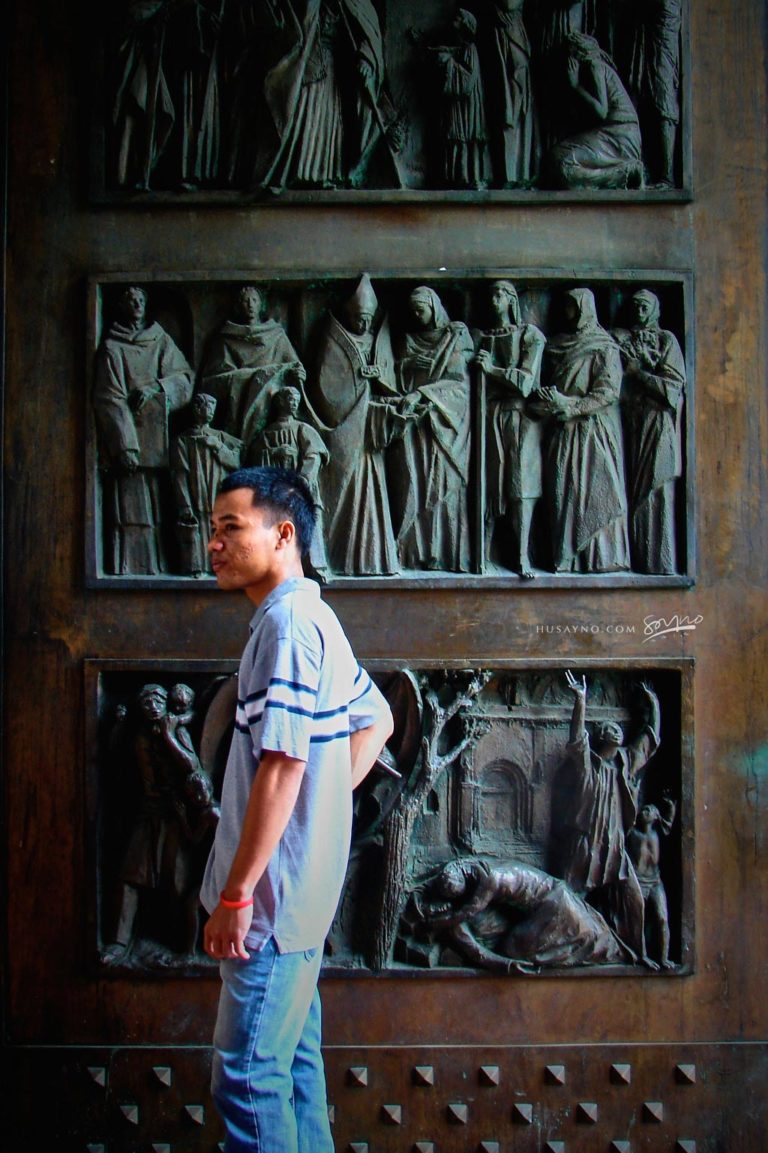
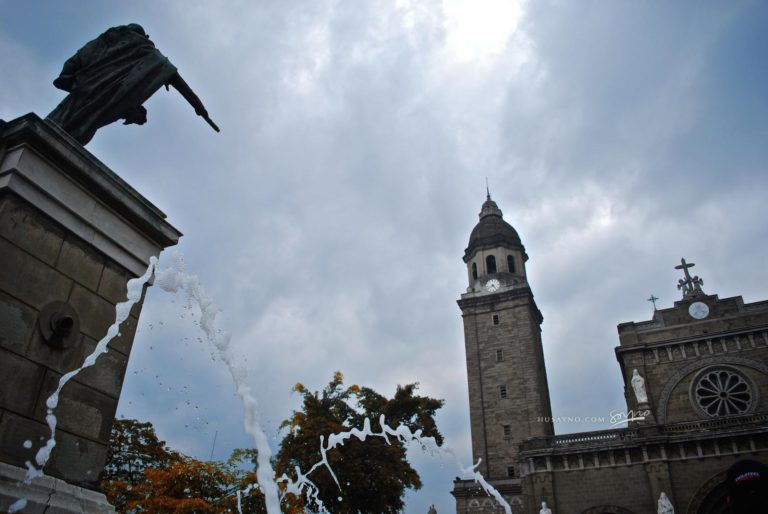
As the Mother Church of the Philippines, Manila Cathedral holds a special place in the heart of Filipino Catholics. It has witnessed significant events in Philippine history, including papal visits, state funerals, and national celebrations. The cathedral is also a popular venue for weddings, baptisms, and other religious ceremonies.
RELATED STORIES

It is the home of the popular Asian elephant, Mali, as well as 90 other species. As well as being a landmark in Manila, the
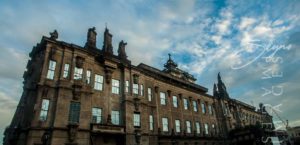
UST, also known as the University of Santo Tomas, is a private Roman Catholic university located in Sampaloc, Manila. It was founded on 28 April
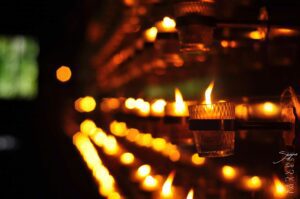
The Padre Pio Chapel, also known as the St. Pio of Pietrelcina Chapel, holds a special place in my heart as a photographer. It revealed
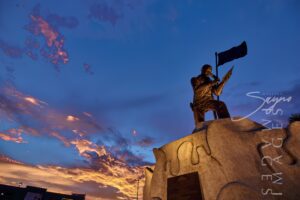
The Andres Bonifacio Birthplace Monument in Tutuban, Divisoria stands as a powerful symbol of Filipino patriotism and a tribute to the courage and leadership of Andres
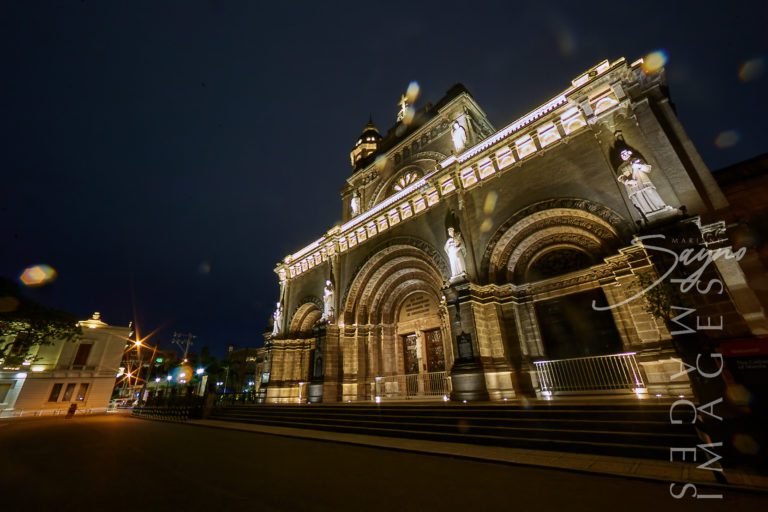
![[Group 8]-Screen Shot 2017-08-30 at 10.28.04 PM_Screen Shot 2017-08-30 at 10.28.14 PM-2 images_0000 copy](https://www.beautyofthephilippines.com/wp-content/uploads/2009/01/Group-8-Screen-Shot-2017-08-30-at-10.28.04-PM_Screen-Shot-2017-08-30-at-10.28.14-PM-2-images_0000-copy.jpg)
Under the main altar is the crypt, which serves as the final resting place of former prelates who have served the Archdiocese of Manila. This further cements the cathedral’s role as a sacred site deeply intertwined with the spiritual and historical fabric of the nation.

I’m looking forward to the stories and images leaving a lasting positive impression on you, just as they have on me. Stay connected with us on social media for a weekly exploration of travel assignments and breathtaking visuals. Our focus is on championing local tourism, showcasing small businesses, and honoring the magnificence of the Philippines through the content we curate. Join us in spreading the word by clicking the ‘share’ buttons below. Your support means the world to us.
EXPLORE MORE about
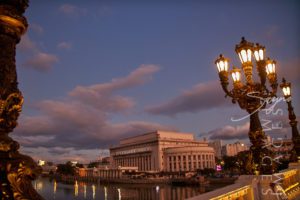
The Manila Post Office, officially known as the Manila Central Post Office, is a distinguished example of neoclassical architecture, originally designed by Juan M. Arellano,
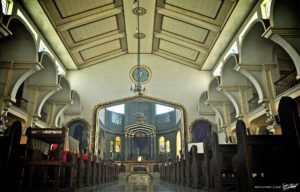
The Polo Church, formally known as the San Diego de Alcala Church, resides in the Polo neighborhood of Valenzuela, Manila. This church has a captivating
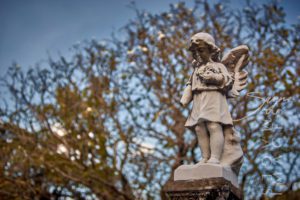
As one of the oldest cemeteries in Manila, Campo Santo De La Loma, commonly referred to as the La Loma Cemetery, is one of the

The Padre Pio Chapel, also known as the St. Pio of Pietrelcina Chapel, holds a special place in my heart as a photographer. It revealed
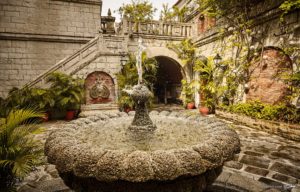
Casa Manila is a living museum that features the lifestyle of a wealthy Filipino family living during the last years of the Spanish colonial period,
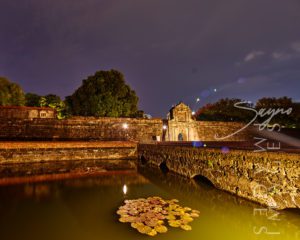
It is also known as the Walled City, and during the Spanish Colonial Period it was synonymous with the city of Manila. Intramuros was also
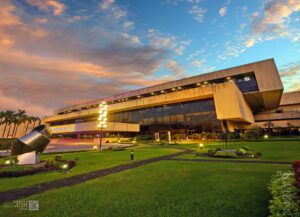
The Philippine International Convention Center (PICC) stands as a monument to the Philippines’ ambition to be a key player on the global stage. With its
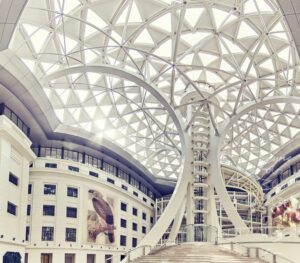
Explore the vibrant tapestry of Manila through its four national museums, each a unique gem in the city’s cultural crown. These four distinguished establishments are
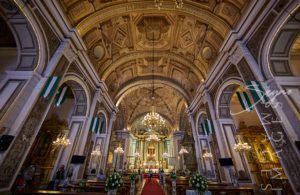
Known as one of the most important baroque churches in the Philippines and as one of the only four baroque churches in the Philippines that
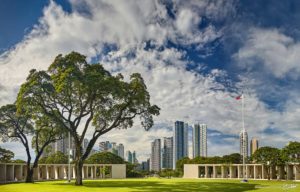
Manila American Cemetery and Memorial is located in the heart of Taguig City on the lands of Fort Bonifacio and serves as the largest grave
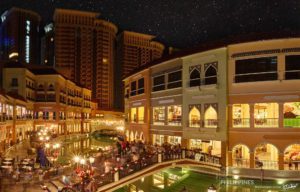
Located in the heart of the Taguig City, the Venice Grand Canal is a lifestyle mall development under the Megaworld Lifestyle Malls Located inside the
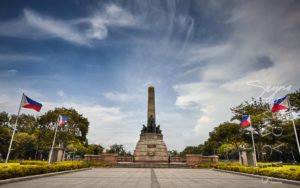
Located along Roxas Boulevard, Manila and adjacent to the century-old walled city of Intramuros, the Luneta National Park, or “Luneta” as many refer to it,
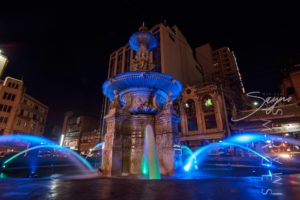
I experienced the vibrant and colorful life of downtown in full. I took some time to appreciate the beauty of Santa Cruz Church and Plaza
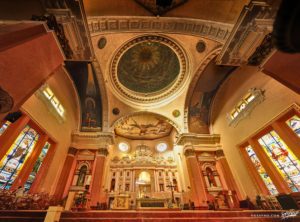
The Binondo Church is a historic church in Manila, located in the District of Binondo, near the Plaza San Lorenzo Ruiz. It was previously called

In addition to being considered the oldest Chinatown in the world, Binondo Chinatown is also the center of trade and commerce in Manila City. In

It is the home of the popular Asian elephant, Mali, as well as 90 other species. As well as being a landmark in Manila, the
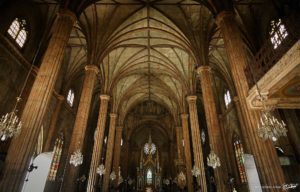
San Sebastian Church is a Roman Catholic Minor Basilica located in Quiapo, Manila. It’s also known as Minor Basilica of San Sebastian or San Sebastian
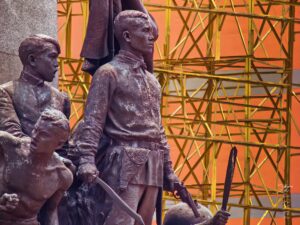
The Bonifacio Monument, also called Bonifacio Monumento or Monumento, proudly stands in Caloocan City, Metro Manila. It is a powerful symbol created by the National

UST, also known as the University of Santo Tomas, is a private Roman Catholic university located in Sampaloc, Manila. It was founded on 28 April
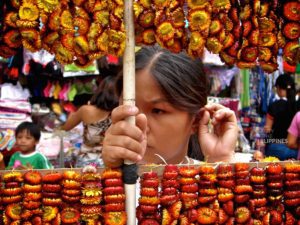
Plaza Miranda is a public square bounded by Quezon Boulevard, Hidalgo Street and Evangelista Street in Quiapo, Manila. It is the plaza which fronts the

The Andres Bonifacio Birthplace Monument in Tutuban, Divisoria stands as a powerful symbol of Filipino patriotism and a tribute to the courage and leadership of Andres
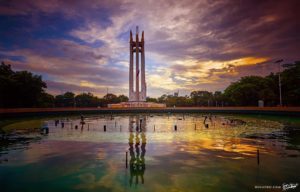
One of Quezon City’s main parks is the Quezon Memorial Circle, which is located in Quezon City and is surrounded by an elliptical road, making
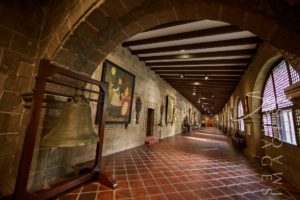
The San Agustin Museum is located adjacent to the UNESCO World Heritage Site, San Agustin Church. It is located in Intramuros—the walled city of Manila—and
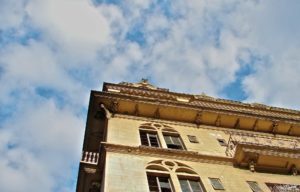
It is always a surprise for buildings, parks and houses to survive such wars as it is almost inevitable that everything will be brought down

As the nation’s first ever world-class marine theme park, Manila Ocean Park is located in Ermita Manila, within the Philippines’ largest urban resort/aqua-themed hotel complex
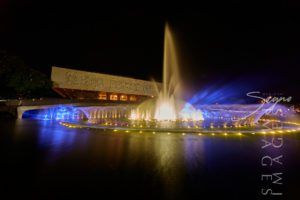
The Cultural Center of the Philippines or CCP was founded in 1966 under the directive of former President Ferdinand Marcos, in order to reinforce and
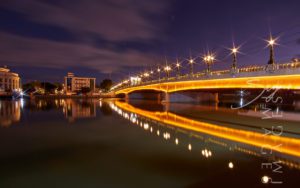
The newly restored Jones Bridge is easily recognizable by its beautifully designed black lamp posts—the same ones that were there when the bridge was first
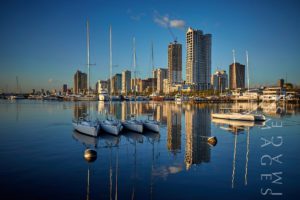
It is considered to be one of the world’s great harbors, the Manila Bay, and it serves as the Port of Manila, Philippines. Having once
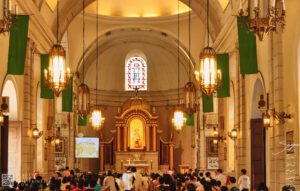
Malate Church stands as a profound symbol of faith, resilience, and artistry, preserving its sacred role and architectural splendor through centuries of triumphs and trials.
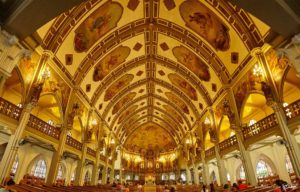
The Manila Abbey San Beda, or formally known as Abbey of Our Lady of Montserrat, is a Benedictine men’s monastery located along the streets of
BROWSE BY CATEGORIES